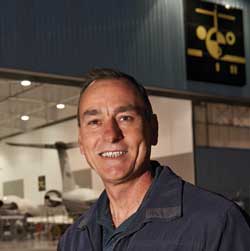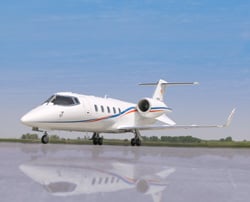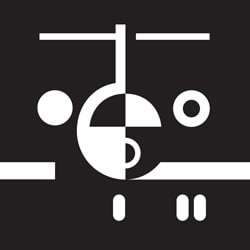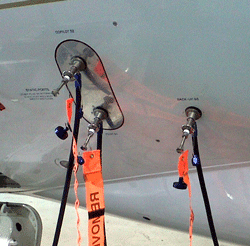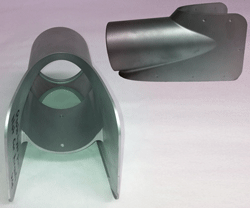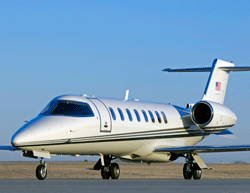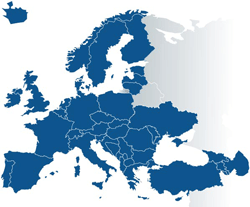Contributed by Gary Harpster, Avionics Sales Rep

My best advice to you, as an operator, is to start now and ask questions and continue to ask questions until you understand. Then ask more.
There is so much information available to customers who are beginning their research on FANS-1A solutions. Your best approach when beginning your FANS-1A research is to ask a lot of questions. But don’t be surprised if your questions create more. Break out a pen; it’s time to start taking some notes.
Below is an experience I had with a recent customer while discussing a FANS-1A solution for his aircraft. We began to discuss the need for very precise aircraft position information. I told him the least expensive path would be to install WAAS receivers, as they have the level of accuracy needed to accomplish a FANS-1/A solution.
Customer Question #1 - FMS
“OK. So new FMSs will get me to a FANS-1/A solution?”
No, not exactly. You’ll still need a means of sending and receiving text data from the cockpit to the airspace controlling agency, so you will need some sort of data link system besides the Flight Management Systems.
Customer Question #2 – Data Link Systems
“OK. So, if I get new FMSs and a Data Link System, then I’ll be FANS-1/A compliant?”
Not just yet. You see, since all voice information is being captured by the cockpit voice recorder now and you’re going to start texting, you will need a different cockpit voice recorder (CVR) than what you have now that can capture text data.
Customer Question #3 - CVR
“I think I’ve got it! A new CVR, Data Link and Flight Management Systems, will get me FANS-1A solution.”
Well I’m afraid not, at least not yet. Even though you have the accuracy, the means of capturing the data and generating text data, you still need to send it and receive it and, since you are too far away from land for a VHF signal, you are going to have to rely on Satellite Communications. If you are looking for the most cost effective means, I’d suggest using an Iridium Transceiver.
Customer Question #4 – FANs-1A Effective Date
“I had no idea all of this was needed. When does this take effect again? 2015?”
In 2015 is when VHF Datalink (VDL) Mode 2 begins. However, the regulatory authority over the Atlantic is International Civil Aviation Organization (ICAO), and they are saying no one, who is not FANS-1A compliant, will be allowed to fly within the North Atlantic Tracks between the altitudes of FL370 to FL390 beginning in February of 2013.
Customer Question #5 – Installation Qualifications
“2013! That’s less than five months away! Where can I get this system installed?”
That’s a potential challenge too. Any MROs who have the capability to install the system on your aircraft, are also required to have a Supplemental Type Certificate (STC) for the entire solution, including all of the components. There currently isn’t much out there being offered, in the way of a full solution. Even if there was, you are still required to get a new Letter of Authorization (LOA), which could take months to get approved by your local Flight Standard District Office (FSDO), especially since their work load is so high right now.
Customer Question #6 – Is that it?
“You mentioned VDL Mode 2 in 2015? What does that mean?”
Many operators were told that if they put in this initial solution, the one we just talked about, that when 2015 rolls around and Europe is begin requiring VDL Mode 2, that they would be exempt from having upgrade because they complied early to the first portion. That sounds good, but sometimes you have to ask what it really means to be exempt?
In this case, it means that 75 percent of the aircraft operating in Europe will already be complaint, so the remaining 25% will be managed into the airspaces when they can be, with priority being given to aircraft that are already compliant.
Ask Questions Until You Understand, Then Ask More
Because each aircraft requires a unique solution, all systems require a fresh approach. My best advice to you, as an operator, is to start now and ask questions and continue to ask questions until you understand. Then ask more. There is so much information out about the FANs-1/A topic, but so much is still unknown. I’m afraid that we’ve only scratched the surface.
At Duncan Aviation, we consider ourselves to be on the cutting edge of all avionics technology, and the subject of FANS-1/A is no different. We have done ample research and talked with hundreds of our customers to develop the most valuable information we can provide. To learn the latest about FANS-1/A, download the Straight Talk about FANS booklet. Watch for information coming soon about an upcoming FANS video series and webinar, created by Duncan Aviation FANS experts.
Gary Harpster serves as an Avionics Installations Sales Rep. at Duncan Aviation's full-service facility in Lincoln, Neb. (LNK), specializing in Hawkers and Learjets. He is an industry expert on NextGen initiatives, giving presentations across the U.S. Gary is currently serving as Vice-Chair of the AEA board of advisors. He began his career in aviation in 1977.
